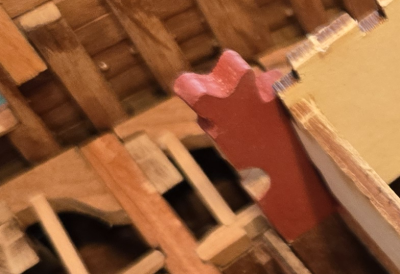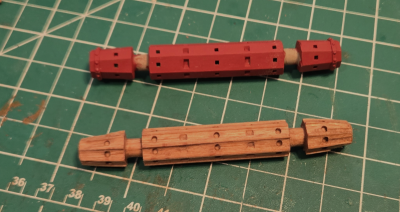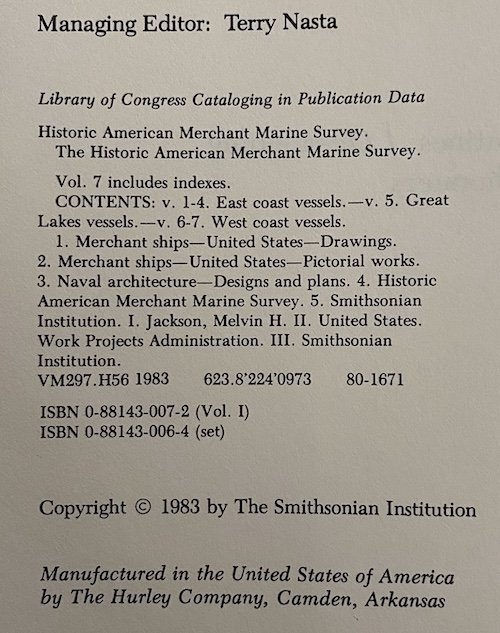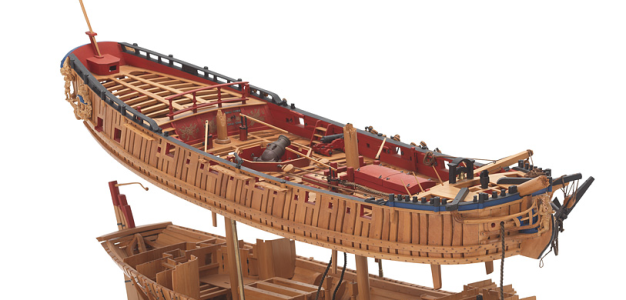I did quite a bit of research for use on my Granado. The basic colors are not very much of a problem. For white, I used a very light gray and like the appearance. For black, I intend to use a very dark gray. Pure black starts to look toy-like to me. To me, the main concern is the color red used on these vessels. I've always felt it should be something close to barn red, red ochre or red oxide, red ochre being one of the earliest red colors. Wikipedia describes a color called
English Red, used from around 1700, but don't specify if it was for naval use. I played around with dozens of red colors, bought about 10 of what I thought was best, mixed others to match samples I'd found online, etc. The most accurate colors, to me, ended up not bright enough when compared to a medium red-brown wood or stain. Red Ochre color is sold by some companies, although the hue varies. I ended up using Pro Acryl Red Oxide, a slightly later color but, to me, a good contrast to use - not too bright, not too dull. Online color shown, color on my model (camera color can vary):



The color that confuses me is the quite bright red color purported to be on the HMS Victory. On the Wiki English Red page, it's quite close to Venetian Red. I personally think this is too bright, at least for me common bomb vessel. Too fancy, too striking. I want to see the red, but I want it to look like it's part of the model, that it belongs, and fits in with the other colors. For me, that's Red Oxide.
Likewise, if you have a yellow color, it's should almost certainly be Yellow Ochre, also made by some companies.
In the end, it should be what's pleasing to you and fits in with your model. Even the Victory colors were apparently far off from accurate for many years, and many still disagree with the latest recommendations. Suit yourself. Just remember, it's a scale model and not a toy.












